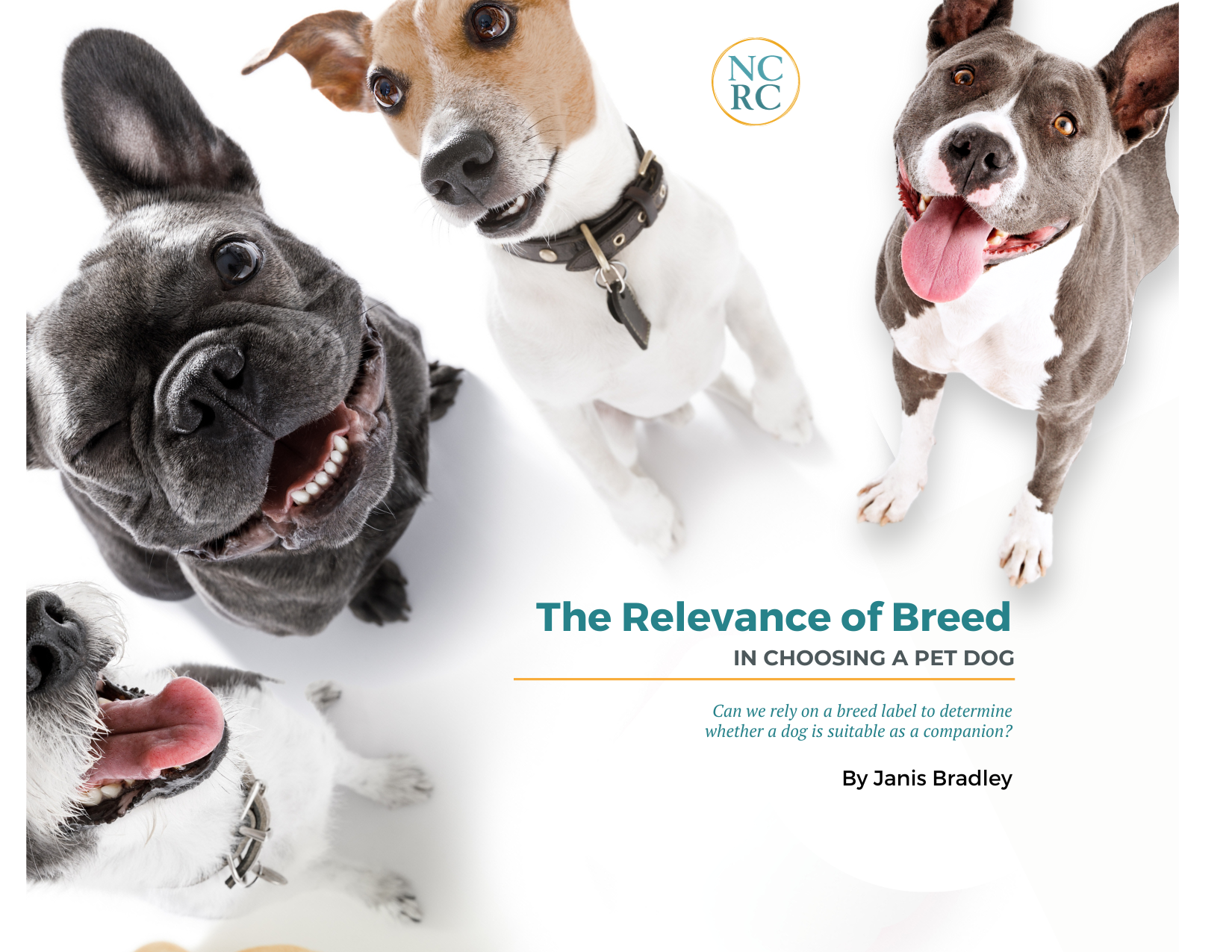A story on NPR reports that the most popular facebook post on the brief suspension of the Johnson and Johnson vaccine in April was not CNN or NYT or ABC News or Fox News. They were all in the top five, but number one was a conspiracy theorist called An0maly who describes himself as a “news analyst and hip hop artist.” This kind of reliance on wildly unreliable information sources is not limited to high profile public issues.
One of the most commonly cited sources of information on dog bite prevalence is “dogsbite.org,”(DBO) the domain of Colleen Lynn, a website designer and self-described “divine lady” who does fortune-telling , collects newspaper clippings on dog bites, was once bitten by a dog, and who claims that the CDC is under the thumb of something she calls the “pit bull conspiracy.” Similar to other modern day conspiracy theories, Lynn and her followers believe a cabal of wealthy and evil elites who, to achieve their end goal of harming children, bribe scientists, doctors, and other researchers to claim that breed is not a factor in dog bite related incidents.
DBO is nothing more than the QAnon of canine behavior science.
Without realizing this, popular press reporters and social media influencers cite this fact-free website. Academic papers and textbooks on aggression, on dog bites, and on canine behavior routinely go there for information and commentary. Insurance companies and municipalities look to it to buttress groundless justifications for discriminatory policies. All based on undocumented, unreviewed numbers whose sources are shrouded in opacity.
Citing someone who amounts to even less than a conspiratorial social media influencer might make sense if concrete research about dog bites was hard to come by. It’s not.
The CDC tracks dog bite injuries people have considered serious enough for an emergency room visit. They’ve done this for more than 20 years. The information is readily accessible to anyone and comes complete with instant, colorful graphic representations.
A team of specialists ranging from epidemiologists to canine behavior experts produced a comprehensive study of the most shocking and tragic of the events in this category, the vanishingly rare dog bite related fatalities (DBRF). Their research analyzed data from exhaustive investigations of every DBRF that occurred in the US over an entire decade.
The verdict from these legitimate sources ranging from the CDC to peer reviewed work in the foremost relevant journal is clear, that serious injuries are only inflicted by a tiny proportion, approximately 1 in 12,000 of our best friends and fewer than 1 in 2 million dogs bites severely enough to cause a human death. It’s as transparent a case as one can find of “not much to see here, folks.” And again the information is readily available. We can do better than consulting a fortune teller.
But it’s not reasonable to put the burden of checking sources of information used in popular or academic publications on the consumer, the end reader. People looking for general information don’t have that kind of time. It’s the job of reporters to vet what they cite for credibility and legitimacy. And it’s certainly the job of researchers writing for academic journals and those who review them to do so. Both can do better than falling down a Qanonesque rabbit hole of misinformation.







